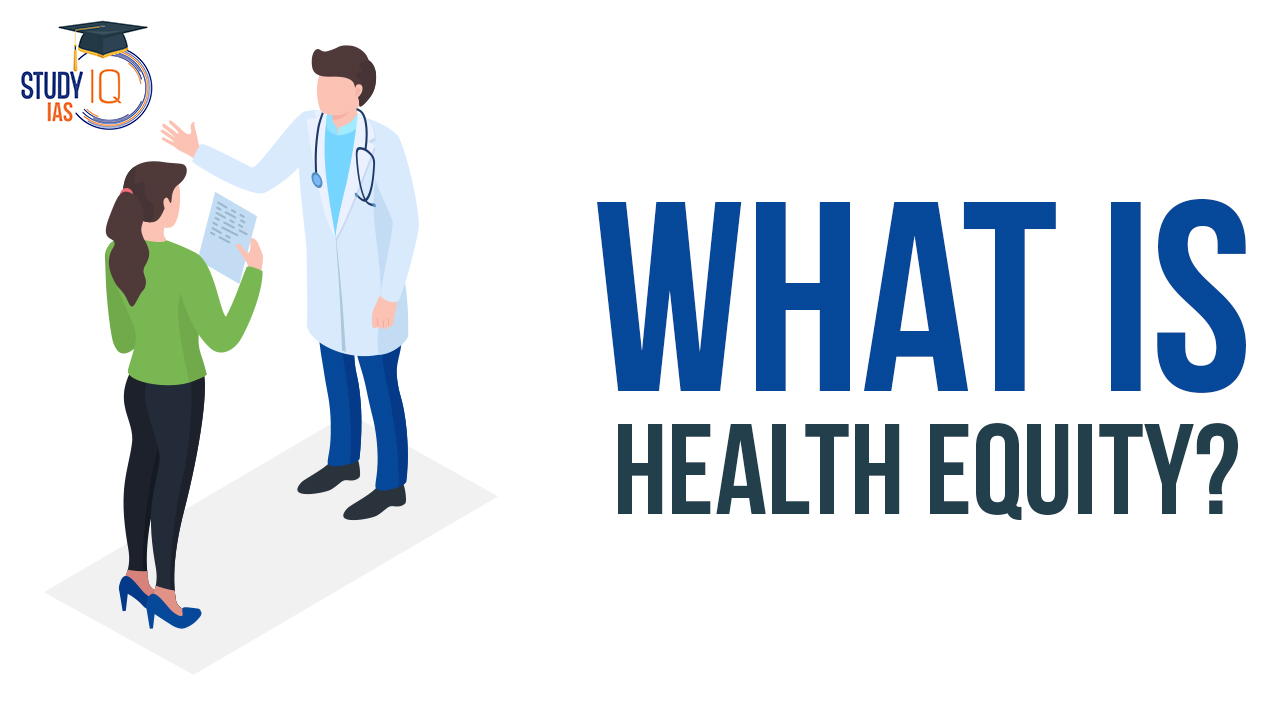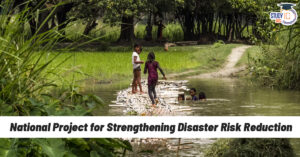Table of Contents
What is Health Equity?
- Definition: Everyone has an equal opportunity to achieve optimal health, regardless of background. Goes beyond access to healthcare, addressing social determinants of health like poverty, education, and environment
- Example: A child in rural poverty lacks access to clean water, food, and immunizations, increasing risk of chronic health problems.
Challenges to Health Equity
Global Challenges
- Deeply rooted social injustices and global health issues create roadblocks.
- Diverse populations in multicultural countries like India need equitable healthcare access.
- Specific challenges include:
- Pandemics disproportionately affect marginalised groups, widening the health equity gap (e.g., COVID-19).
- Climate change disproportionately impacts low-income and vulnerable populations.
- Conflicts destroy infrastructure, displace communities, and limit access to vital medical services.
India Specific Challenges
- A large and diverse population faces significant disparities in healthcare access and outcomes.
- Rural India lags behind urban areas in healthcare access despite improvements in the past 20 years.
- According to the 2011 Census, urban slums make up over 17% of India’s metropolitan areas, and exhibit serious health disparities.
- Urban slums with overcrowding, poor sanitation, and limited clean water access exacerbate health risks.
- Example: Infectious diseases like tuberculosis are 1.5 times more common in slums (source: Indian Council of Medical Research).
- Deep caste and gender disparities exist:
- Scheduled Castes/Tribes have higher child mortality and lower immunisation rates (source: NFHS-5).
- Anaemia is almost double as common among women in the lowest wealth quintile (source: NFHS-5).
- Non-communicable diseases (NCDs) cause over 60% of deaths in India.
- The economic impact of NCDs is projected to exceed $6 trillion by 2030 (source: Public Health Foundation of India).
- Doctor shortage is critical, with only 8 doctors per 1,000 people (below WHO’s recommended ratio).
- The shortage is worse in rural areas, with over 75% of healthcare professionals concentrated in cities (27% of the population).
| Fact |
|
The Road to Health Equity
- Requires a multi-sectoral approach beyond just healthcare access
- Collaboration is needed between governments, civil society, healthcare providers, and communities
- Examples of initiatives in India:
- Ayushman Bharat: Free health coverage for the bottom 40% economically
- National Health Mission (NHM): Expanding access, strengthening infrastructure, providing services to vulnerable populations
- Focus on health literacy through education
- Collaboration between public/private sectors and NGOs to improve access, workforce development, and infrastructure
The Role of Different Stakeholders
- Public and private health sectors can collaborate to:
- Provide services to underserved communities
- Focus on preventive education
- Develop workforce
- Improve infrastructure
- NGOs and civil society can:
- Conduct direct community outreach
- Address local health concerns
- Partner with international/government organisations for culturally sensitive health initiatives.
- International organisations (WHO, Global Fund, Gavi) can:
- Support health initiatives in resource-limited settings
- Promote information and resource sharing to improve healthcare systems.
- Private sector and philanthropies can leverage innovation and technological advancements (digital health) to:
- Enhance accessibility and affordability
- Increase reach and effectiveness of healthcare delivery.
- Research institutions and academia can offer crucial insights into:
- Health inequalities
- Intervention effectiveness
- Evidence-based practices and policies
- The Importance of Local Organisations:
- Organisations with a strong local presence are crucial for health equity.
- They understand community needs and can ensure program relevance and effectiveness.
- Successful collaborations require:
- Open communication
- Mutual respect
- Shared goals
- Emphasis on community empowerment, knowledge sharing, and capacity building
- Adaptability to evolving health concerns and community demands.


 Kavachi Volcano: Location, Features, Eru...
Kavachi Volcano: Location, Features, Eru...
 Dark Eagle Hypersonic Missile System: Fe...
Dark Eagle Hypersonic Missile System: Fe...
 National Project for Strengthening Disas...
National Project for Strengthening Disas...

























